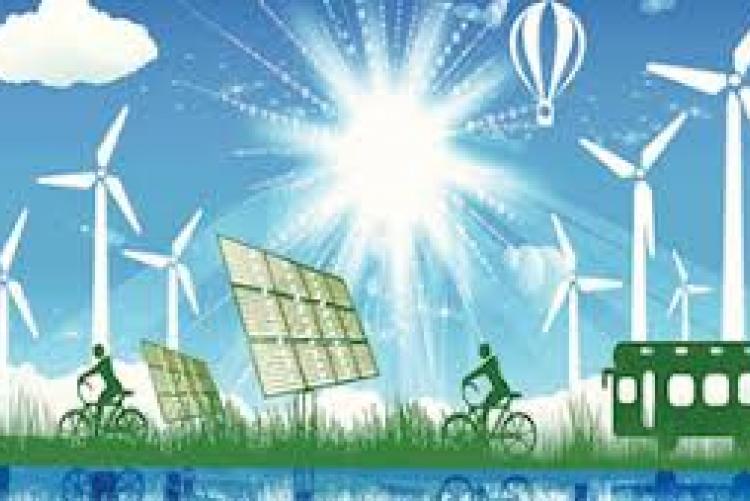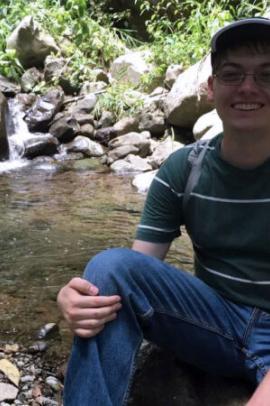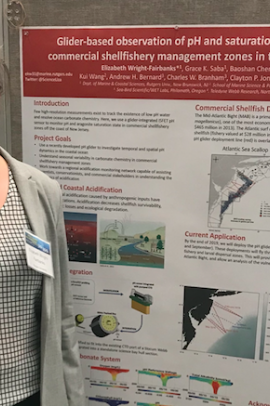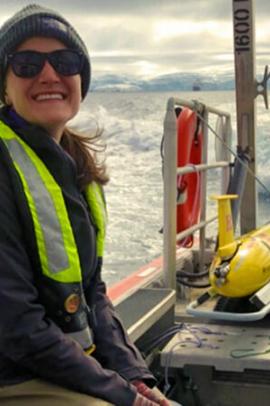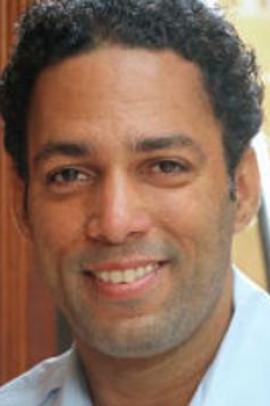This course is designed to help students understand the earth energy system and the potential impact of human activity. Students are asked to gather and analyze data regarding energy generation, efficiency, and environmental impacts. The course focuses on quantitative analysis of energy systems, but also covers the socio-political and economic components.
Course content
The course is an introduction to further studies in energy and environment, and therefore it will give an overview and a broad understanding of the subject area.
It will provide an overview of: -The environment as a framework for energy.Energy resources and energy use. Methods of production as well as environmental impacts for electrical power, thermal energy and cooling. Heat and cold, production methods and environmental impacts. Energy conversions in industry and buildings. Energy flexibility and transport of district heating. Electrical energy, electricity as energy carrier and the infrastructure associated with this. Electricity market and price formation. Planning and dimensioning of heat supply. Energy balance and environmental accounts.
Learning outcome
Knowledge:
The course provides the student with knowledge about:
- Key challenges and technologies in energy use, utilization of energy resources, energy conversion and environmental conse-quences.
The course gives the student insight about:
- The environment as a framework for energy use and the exploitation of energy resources
- An overview of energy recourses and energy consumption
- Production methods for electric power and heating/cooling, and their consequences on the environment
- Energy conversion in industry and buildings
- District heating systems
- Technology, distribution and infrastructure in the Nordic electric power system
- How the system for electric power transmission are built up
- The trade in the Nordic electric power market (Nord Pool)
- Heat balance and energy supply for buildings
- Drivers for energy use and greenhouse gas emissions
- Life cycle thinking and environmental impacts from energy production
- Energy and the UN's sustainability goals
Skills:
The course should enable the student to:
- use basic knowledge about different forms of production, transport and use of electricity and heating /cooling to solve simple problemes, and to use the knowledge to explain the relationship between the use of energy resources and environmental impacts.
General competence:
After ended course:
- Should the student have basic competence regarding environmental impacts arising from different energy carriers and technical solutions
- Should the student be able to apply this competence in the further study.
Learning methods and activities
Emphasis is placed on the students getting a good overview of topics that are dealt with in other courses in Energy and Environment. The course is structured around problem-based exercises and laboratory exercises. These are linked to introductory lectures by teachers and possibly invited professionals. The project assignment in the first semester program "Teknostart" is included as part of the course.
The assessment includes problem-based tasks that are organized as group work and end with presentation for other students and submission of reports. To pass the course, all assignments must be passed. In addition, all laboratory exercises/demonstrations must be approved.
Compulsory assignments
- Exercises
- Laboratory exercises
- Exercises
